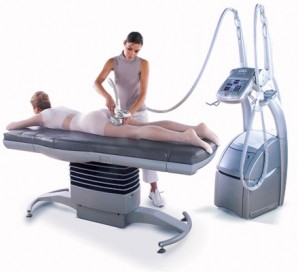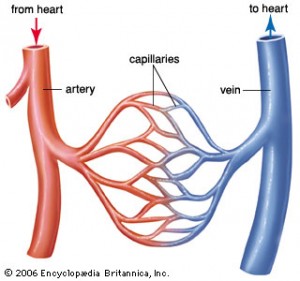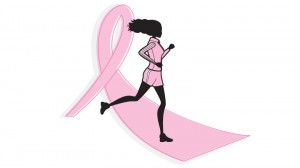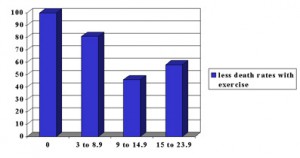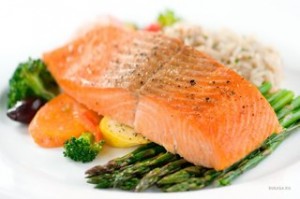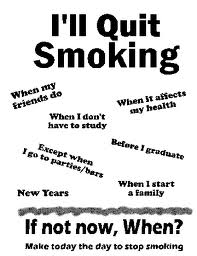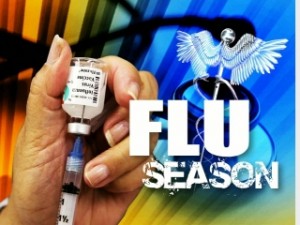People with chronic insomnia not only have difficulties to get a good rest at night. If they reach for the currently available sleeping medications, their days start with a drug-induced mild “hangover”: they feel drowsy for a few hours, and once they discontinue the medication, withdrawal can be a problem.
A new medication by the name of indiplon to treat chronic insomnia will be a safer, more effective form of medicine for patients with sleep disorders, reports Dr. James Walsh (PhD). He is an executive director and senior scientist at St. Luke’s Hospital and the Unity Sleep Medicine Center in St. Louis. Dr. Walsh reports that the new medication has a very short half-life, meaning, that it is out of the body, by the time the patient wakes up in the morning. A 35-day trial showed that it is not only safe and effective, but also suitable to treat patients who have trouble falling asleep and those who have trouble sleeping through the night.
More studies are needed, before the medication will be available in the U.S. (conditional approved in 2007 in the US, see link above) and in Canada. Here is a more extensive review regarding this complex new sleeping pill.
Reference: The Medical Post, May 25, 2004, pg. 16
Comment on Nov. 5, 2012: It appears that there are problems with long-term safety studies that were never completed. I would suggest to stick to over-the-counter melatonine proparations in the 1 mg to 3 mg range. Melatonine is safe as it is a body hormone. Prescription hypnotics (as sleeping pills are called) are problematic as they do not fit into the body chemistry receptor-wise. No problems there with melatonine.
Last edited December 8, 2012

